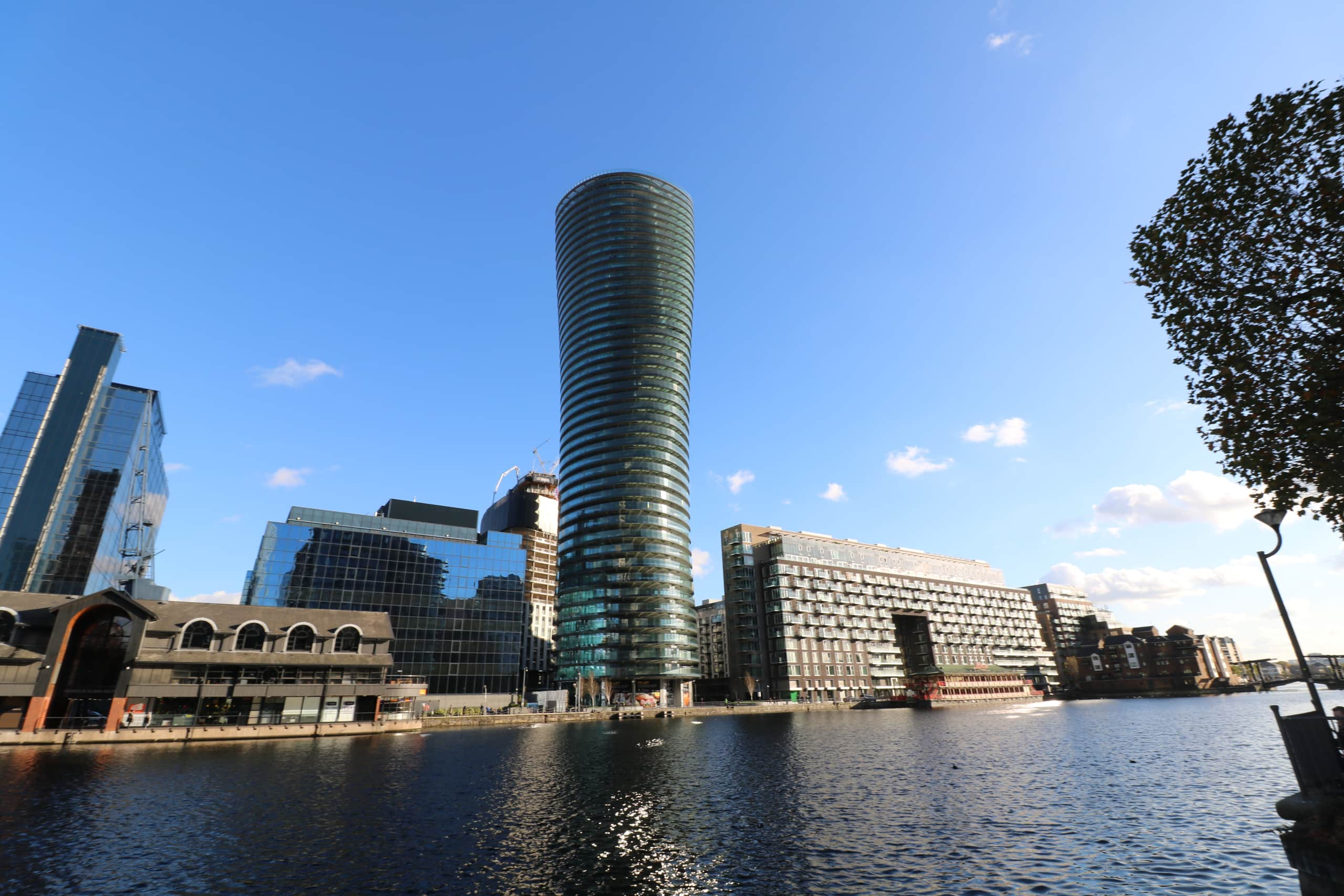What Can I Do To Maximize Thermal Performance in My Modern Development?
Considering the ever-fluctuating temperature across North America from season to season, the thermal performance of your building should be considered from concept to completion.
The difference between a balcony by Sapphire and a traditional concrete slab is that we’ve included a thermal performance solution as standard from the design stage. Here’s how it works.
Understanding Thermal Bridging
Heat will always travel by the path of least resistance – this is how thermal bridging can occur. If the materials surrounding an object are more conductive than the object itself, the heat can jump through, creating the risk of a thermal bridge.
Homes in North America have traditionally been built with speed and cost in mind, which has historically led to cheaper, more conductive materials being used. When heat transfers through material, it will always look for the path of least resistance. Conductive materials act as a thermal bridge over the insulation.
One of the many risks of thermal bridging is a reduction in building energy performance. Without a good thermal break solution in place, the TEDI rating of your development could be drastically lowered as energy escapes from the building, even potentially losing Passive House certification if not considered correctly.
Mitigation Strategies
Mitigating against thermal bridging doesn’t need to be a headache. In fact, by using prefabricated balconies, it’s not just simple – it’s built-in.
Low-conductivity materials are a smart choice – by limiting how conductive the material on the external envelope is, there is a smaller chance of thermal bridging occurring.
Optimising connection details is another fundamental point to getting thermal bridging mitigation right. Producing a single, long thermal break on a concrete slab, time and resource may be unnecessarily wasted. Consider Sapphire’s solution – smaller, simpler, streamlined integrated thermal breaks.
Sapphire’s solution comes in the form of integrated thermal breaks. When connecting a prefabricated Next Generation balcony to the building façade, thermal breaks are built into the balcony anchor points, providing not only a structurally rigid point to connect to the building, but also one that protects against heat energy loss.
Discover Sapphire's Next Generation Balcony
The Next Generation Balcony is a huge step forward for the construction market...
DiscoverWe commissioned a report from RDH Building Science to prove the increased thermal performance of our balcony anchors, available in full below.
RDH Thermal Performance Report
RDH Building Science conducted an assessment commissioned by Sapphire Balconies to evaluate the thermal performance of Sapphire’s balcony connection anchor systems. The analysis aimed to provide insights into the thermal properties, specifically the linear thermal transmittance (Psi-value) and point thermal transmittance (Chi-value), of the Sapphire Balcony system across various common North American construction details.
Sapphire’s G60 and G25 anchors are designed to support prefabricated balconies on buildings, with features intended to minimize heat loss compared to traditional concrete balconies. The anchor system comprises steel anchors, compressible mineral wool, phenolic resin thermal breaks, and exterior cantilevered steel beams. The analysis focused on two typical North American construction details, each with varying exterior insulation depths.
RDH’s simulations determined Psi-values and Chi-values for Sapphire’s G60 and G25 balcony systems across various North American construction details. Chi-values ranged from approximately 0.2 W/K to 0.4 W/K, influenced by anchor type, exterior insulation depth, and building enclosure detail.
Download the full RDH report using the link below:
RDH Thermal Performance Report
DownloadBest Practices for Balcony Thermal Performance
Considering the climate conditions across Canada, building codes that need to be met and region-specific standards such as the Toronto Green Standard – what exactly is best practice for achieving balcony thermal performance?
Sapphire aims to maximise thermal efficiency whilst maintaining a rigid structure within our balconies. We incorporate thermal breaks in tactical locations throughout our builds in order to reduce total heat loss – these can be located between the floors and ceilings of the apartments in question, acting as an extra layer of insulation around the arms our balconies are fitted to. The insulation materials we use to form the thermal break often will help to insulate the small area in question, though architects should also consider good ceiling and flooring insulation around these junctions.
In Summary
Understanding thermal bridging is key to maximizing the thermal performance of modern developments.
Between knowing that heat will always travel the path of least resistance and that by mitigating against thermal bridging, we can reduce our TEDI ratings and hit crucial targets like Canada’s NETZERO 2032 policy, we can understand that using innovative solutions for balconies isn’t just a fad – it’s the future of sustainable building.
We’ve spoken before on thermal efficiency – visit the links below to understand more.
